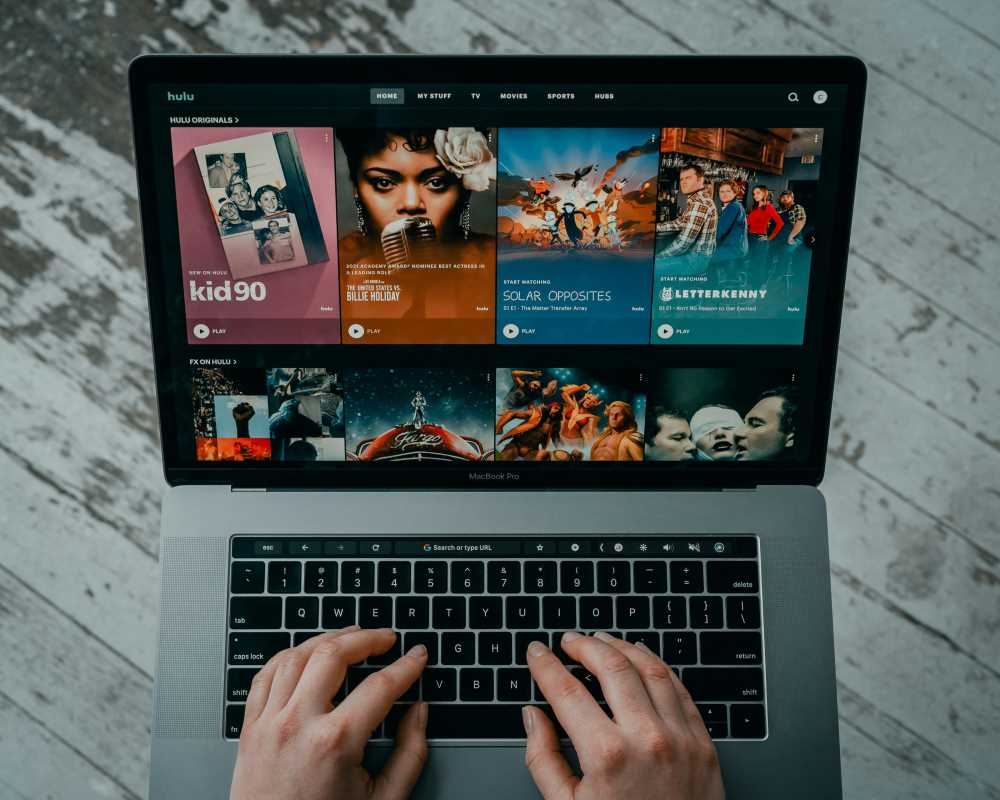For budget-conscious professionals, finding cost-effective ways to relax and entertain yourself is key. While watching TV is a popular way to unwind, the debate between streaming services and traditional cable lingers. Which one is easier on your wallet? Let's break it down, weighing the costs, benefits, and drawbacks of both options to help you decide what works best for your lifestyle and budget.
The Cost Factor
Streaming Services
Streaming platforms like Netflix, Hulu, and Disney+ are often touted as cheaper alternatives to cable. Subscription costs typically range between $5 and $20 per month, depending on your chosen service and plan. For example, Netflix offers basic plans starting at $9.99, while Hulu's ad-supported plan begins at $7.99 per month.
Many people are attracted to the cost, but be cautious of "stacking." Subscribing to multiple services can quickly add up, sometimes rivaling or exceeding cable bills. Plus, you might need high-speed internet, which can cost $50 or more per month, adding another layer to the expense.
Cable
The average cable package costs between $70 and $150 per month, and it is often bundled with internet and phone services. While bundling might seem cost-effective upfront, contracts can include extra fees for equipment rentals, installation, or HD service charges.
Hidden costs are also a concern with cable. Regional sports fees, taxes, and broadcast surcharges can significantly increase your bill. These costs tend to make cable less budget-friendly, especially if you're only using it for casual viewing.
Winner: Streaming services are considerably less expensive if you stick to one or two platforms and already have reliable internet access.
Flexibility and Convenience
Streaming Services
Streaming platforms excel at flexibility. You can cancel subscriptions at any time without penalty, giving you the freedom to switch between services as your preferences change. Additionally, you can watch content on demand without worrying about recording shows or adhering to schedules.
Many streaming services also allow downloads for offline viewing, perfect for frequent travelers or commuters. The biggest drawback is content fragmentation. Want to watch The Mandalorian? You’ll need Disney+. Love Stranger Things? That’s Netflix. Keeping up with multiple platforms can be frustrating.
Cable
Cable ties you down with contracts—typically one to two years—and often includes hefty cancellation fees. While cable offers a wide range of channels in a single package, you're unlikely to watch everything you pay for. Many users complain about paying for dozens of channels they never use.
However, cable does offer live programming for news, sports, and events, something many streaming services charge extra for or lack entirely.
Winner: Streaming wins for on-demand convenience and contract-free flexibility. However, cable is better if live TV is essential to you.
Content Variety
Streaming Services
Streaming services offer an impressive array of original shows, movies, and curated collections. Platforms like Netflix and Prime Video even release exclusive blockbusters and series attracting massive audiences.
But here's the catch—no one service has "everything." The growing competition between platforms has led to content exclusivity, requiring viewers to subscribe to multiple services to access their favorite shows and movies.
Cable
Cable provides a massive library of live TV, including local channels, sports, premium networks (if added), and syndicated reruns. However, cable lacks the trendy exclusives and binge-worthy originals that make streaming so popular in today's entertainment market.
Winner: It depends on your preferences. If you prefer on-demand new releases and exclusives, streaming is the way to go. For live events and local channels, cable delivers.
Hidden Costs and Long-Term Value
Both cable and streaming come with potential hidden costs. While cable issues revolve around service fees and contractual obligations, streaming may unknowingly push your budget with multiple subscriptions, add-ons (like Hulu Live or HBO Max), and the cost of upgrading internet speeds to handle HD or 4K streaming.
Cable often charges for equipment—think DVRs or cable boxes—adding $10-$20 monthly per box. Streaming, on the other hand, relies on devices you likely already own (smart TVs, tablets, or laptops) but may require device upgrades for optimal performance.
Winner: Streaming wins for its transparency in pricing and lack of mandatory equipment fees.
How to Choose the Best Fit
Opt for Streaming If:
- You want affordable, on-demand content.
- You're tech-savvy and comfortable juggling different apps for shows and movies.
- You have a high-speed internet connection.
- Live TV and local channels aren’t dealbreakers for you.
Stick with Cable If:
- You’re a sports fan or rely on live TV programming often.
- You prefer a straightforward package with no need to switch apps.
- You don’t mind the higher cost for convenience and content variety in one place.
For most budget-conscious professionals, streaming services provide better bang for your buck. They're flexible, cheaper, and perfect for on-demand content. However, if live TV or sports are a priority, cable might still serve you well—just be prepared to pay a premium.
Before committing, evaluate your viewing habits and list your must-have channels or shows. With the right approach, you can enjoy entertainment without overspending.


.jpg)




